1. Vietnam has great potential to develop raw material areas to serve the needs of developing medicines and medicinal products.
- 1. Vietnam has great potential to develop raw material areas to serve the needs of developing medicines and medicinal products.
- 2. Current status of medicinal value chain development in Vietnam
- 3. Some solutions for developing medicinal plant growing areas in Vietnam
Vietnam is among the countries with the most diverse ecosystems in the world , favorable for the development of thousands of precious medicinal plant species.
According to the Institute of Medicinal Materials, our country has recorded more than 5,117 species and subspecies belonging to 8 phyla of vascular plants, many species have high medicinal and economic value.
The mountainous provinces of the North, South Central and Central Highlands have over 50% of their area covered by forest, especially the highlands with cool climates - ideal places for the conservation, development and domestication of many precious medicinal plants. Many localities can develop a model of growing medicinal plants under the forest canopy, both protecting the ecology and creating sustainable livelihoods for the people. Meanwhile, the plains and midlands with favorable terrain, close to industrial zones, are very suitable for developing medicinal plants in the direction of large-scale commodity production, associated with the processing industry. Many localities such as Bac Ninh , Hung Yen, Ninh Binh have formed traditional medicinal plant growing areas, contributing to the effective transformation of crop structure.
According to the National Strategy for the Development of the Vietnamese Pharmaceutical Industry to 2030, with a vision to 2045, the goal is to build 2-5 large-scale medicinal material production areas, standardizing 100% of medicinal materials to serve domestic drug production. This is an important opportunity for the domestic pharmaceutical industry to proactively source raw materials, enhance value and competitiveness. However, to realize this goal, it is necessary to develop synchronously from production, processing to consumption, in which the focus is on sustainable development of raw material areas.

Vietnam has rich medicinal resources, many species have high medicinal and economic value.
2. Current status of medicinal value chain development in Vietnam
Currently, the planning of medicinal plant growing areas is still fragmented and small. Most of the medicinal plant growing areas are spontaneously grown by people and consumed through traders, so they lack stability and are not linked to the value chain. Cooperative models and linkages between enterprises and farmers are still few and have not been effective.
Some localities have integrated medicinal plant development into national programs such as: New rural construction; supporting the application of science and technology to promote socio-economic development in rural, mountainous, ethnic minority areas, and OCOP, but investment resources are still limited, and there is no close connection between production - processing - consumption.
Besides natural advantages and State attention, the pharmaceutical industry still faces many challenges:
- Lack of synchronous policies to encourage businesses and farmers to invest. The current support level under Decree 65/2017/ND-CP is still low compared to actual needs.
- Key raw material areas associated with geographical indications or brands have not yet been formed, making it difficult for businesses to invest in processing infrastructure and increase added value.
- The application of science and technology is still weak. Many growing areas still cultivate manually, not meeting GACP – WHO standards on the safety and quality of medicinal herbs.
- Outdated processing and preservation technology, mainly sun-drying or manual drying, leads to unstable quality of medicinal herbs.
- It is difficult to accumulate land to expand production scale, especially in the midlands and deltas.
- Investment in research and plant varieties is still limited, not creating highly competitive products.
- Weak value chain linkage, businesses rarely cooperate with people to invest in raw material areas associated with processing.
- Trade promotion and advertising activities are still weak, mainly due to small businesses not having enough capacity to access domestic and foreign markets.
These limitations mean that although Vietnamese medicinal herbs are abundant, they have not yet created a strong brand, mainly exported raw or consumed domestically on a small scale, with low economic value.
3. Some solutions for developing medicinal plant growing areas in Vietnam
3.1 Policy solutions
- It is necessary to develop a specific mechanism for medicinal plant development in localities to restore and develop traditional medicinal plant growing areas; plan stable, long-term and large-scale growing areas.
- Continue to improve institutional policies in technology transfer to bring higher efficiency in production and commercialization of medicinal herbs and products from medicinal herbs.
- Have mechanisms and policies to support people and businesses in cultivating and developing products from medicinal herbs, and support the construction of production models linked to the medicinal herb value chain.
3.2 Investment and financial solutions
- Prioritize the construction of preliminary processing and processing infrastructure in the direction of modern goods and in line with the 4.0 revolution in medicinal plant development; support research units and enterprises to innovate technology to create competitive medicinal plant products in the market;
- Mobilize resources for science and technology activities, prioritize funding for key science and technology activities on medicinal herbs and those with competitive advantages in the region.
- Effectively implement investment resources from the state budget and preferential credit policies for investment content to support the development of precious medicinal herb growing areas under the National Target Program on socio-economic development in ethnic minority and mountainous areas.
3.3. Application of science and technology
Promote research and selection of medicinal plant varieties with high productivity, quality and adaptability. Build a network for producing high-quality varieties and strictly control the process to prevent variety degeneration.
Strengthen the application of technical advances in cultivation, harvesting, and processing to increase productivity, reduce input costs, and protect the environment. In particular, it is necessary to replicate GACP-WHO standards in all growing areas, ensuring traceability and quality of medicinal herbs that meet international standards.
3.4. Human resource development
Invest in training high-quality human resources for the medicinal field, especially young people with knowledge of technology and the market. Organize training on planting, harvesting and preserving medicinal herbs for people, helping them access modern production processes and increase product value.
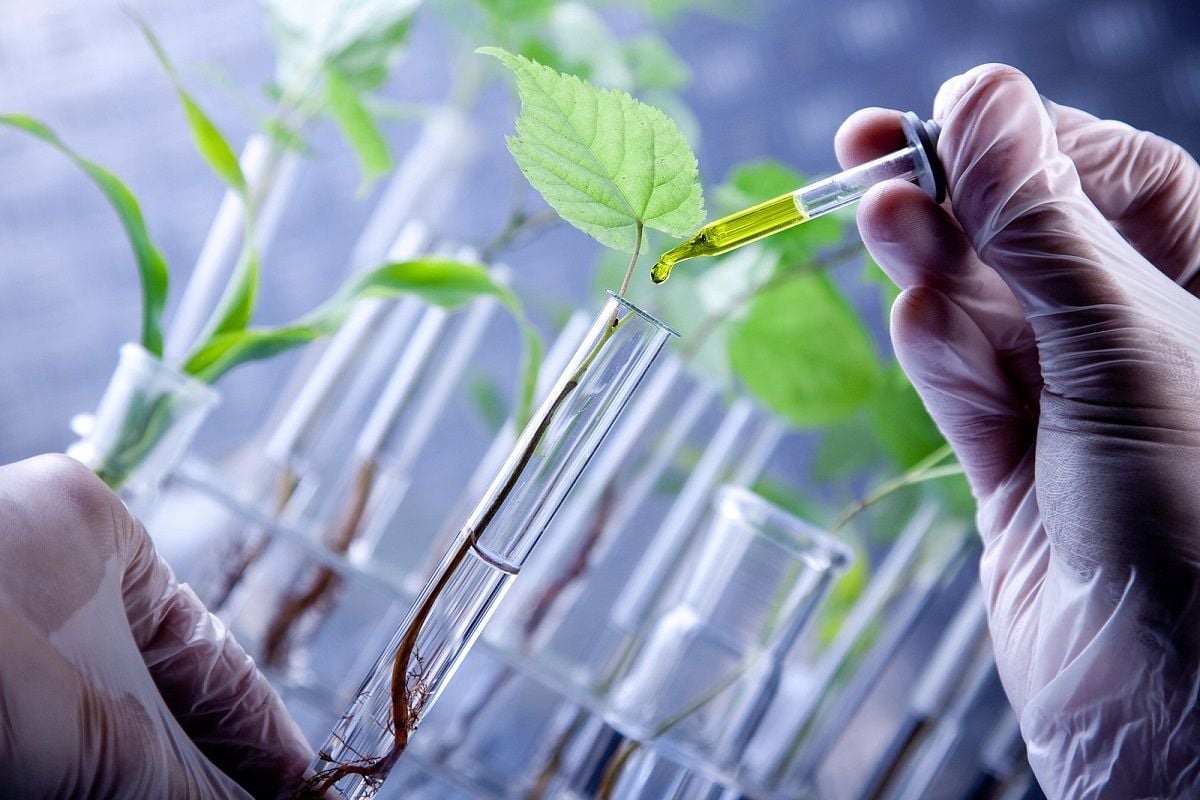
Training high-quality human resources for the medicinal materials sector is one of the key solutions to build and develop sustainable raw material areas.
3.5. Cooperation and development association
Strengthening the linkage of the “5 houses” – farmers, scientists, businesses, managers and banks – to form a sustainable value chain. Expanding international cooperation on investment, technology, branding, trade promotion, contributing to bringing Vietnamese medicinal herbs to the world market.
At the same time, promote communication and brand building, develop regional distribution and trading centers for medicinal herbs and traditional medicines, creating a bridge between production and the market.
Vietnam has full potential to become a regional medicinal center if it knows how to exploit natural resources properly, combine modern science and technology and synchronous development policies. Building a sustainable raw material area not only helps the pharmaceutical industry proactively supply sources, but also opens up opportunities to increase the economic value of agriculture, preserve biodiversity and develop sustainably for the community.
Source: https://suckhoedoisong.vn/hoan-thien-co-che-chinh-sach-nen-tang-phat-trien-vung-nguyen-lieu-huong-di-tat-yeu-cho-nganh-duoc-viet-nam-ben-vung-169251107102141864.htm



![[Photo] Da Nang: Hundreds of people join hands to clean up a vital tourist route after storm No. 13](https://vphoto.vietnam.vn/thumb/1200x675/vietnam/resource/IMAGE/2025/11/07/1762491638903_image-3-1353-jpg.webp)







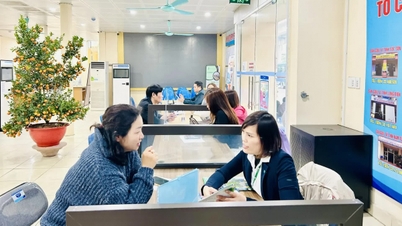

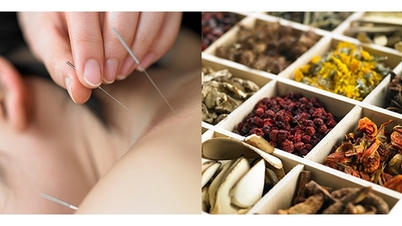








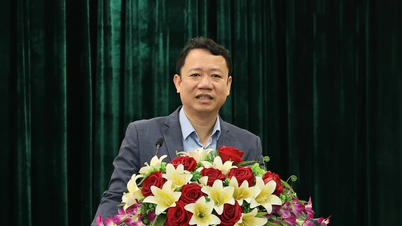













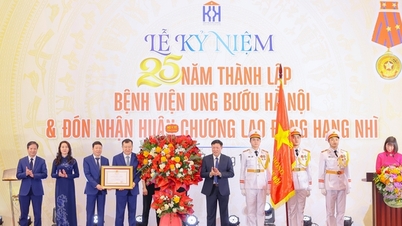

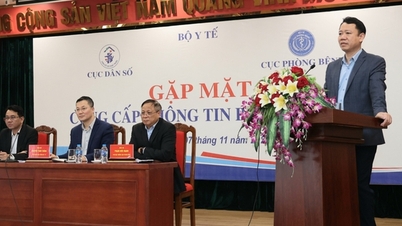



































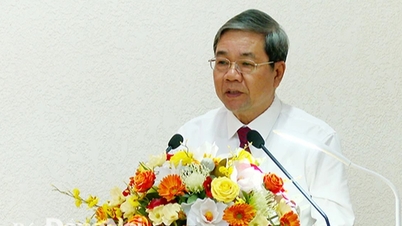








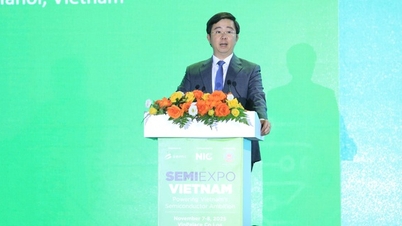

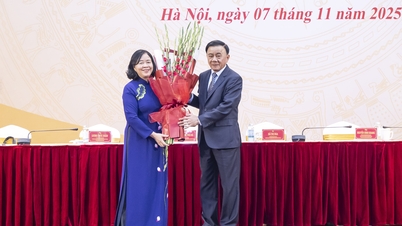




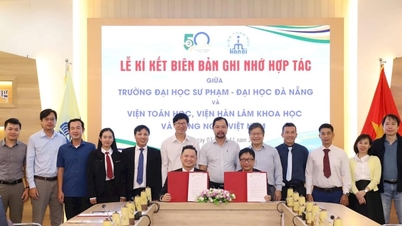

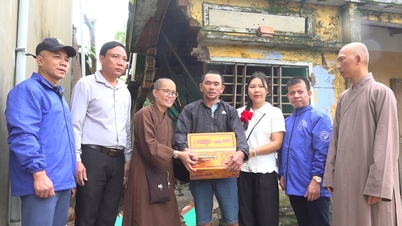
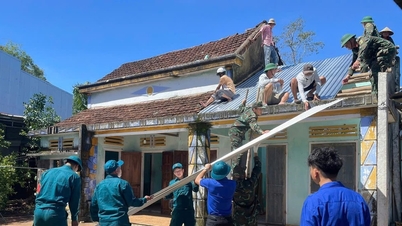


















Comment (0)